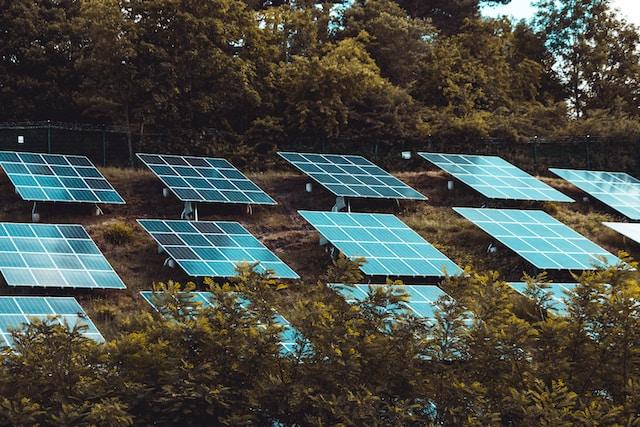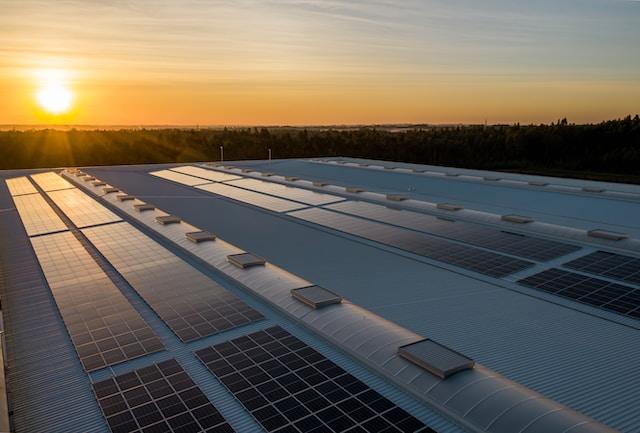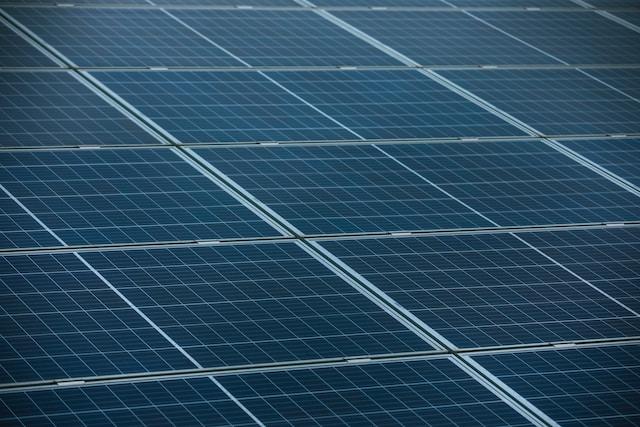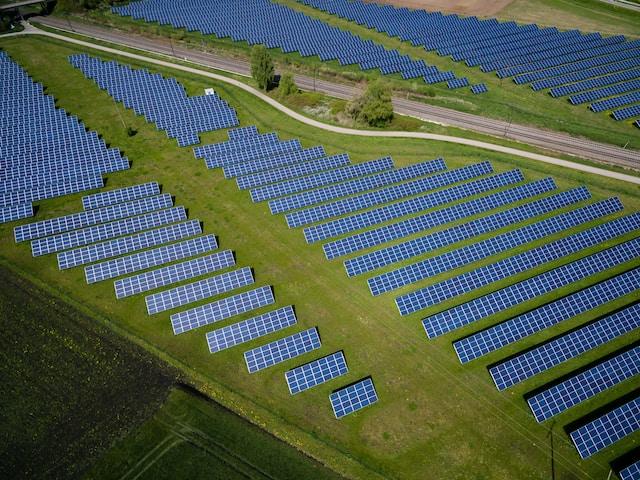
The Superior Efficiency of Monocrystalline Solar Panels: A Comprehensive Analysis
Introduction
Solar energy, a clean, renewable, and increasingly popular power source, plays a vital role in our global shift towards sustainable living. Harnessing this abundant energy requires efficient tools, such as various types of solar panels. Among these, Monocrystalline solar panels, known for their superior efficiency, stand out. Crafted from a single, pure silicon crystal, their high-performance characteristics make them a preferred choice for both residential and commercial solar installations. This article delves into the impressive efficiency of Monocrystalline solar panels, providing a comprehensive understanding of their structure, performance, and the significant role they play in optimizing solar energy utilization.
What Are Monocrystalline Solar Panels?
Monocrystalline solar panels, a key player in the renewable energy sector, are renowned for their high efficiency and aesthetic appeal. The term 'monocrystalline' is derived from the single-crystal structure of these solar panels. Unlike their counterparts, these panels are made from a singular, pure silicon crystal, ensuring their superior performance and greater energy yield. The manufacturing process involves cutting thin wafers from a silicon 'boule,' a cylindrical ingot of incredibly pure, high-quality silicon. These wafers are then assembled into the distinctive grid-like structure visible on the panel surface. Monocrystalline solar panels are easily identifiable due to their even, dark black color, a direct result of the high-purity silicon used. Their uniform appearance is not merely aesthetic; it's a testament to their advanced technology, as it allows for a higher rate of sunlight absorption and conversion into electricity. Furthermore, these panels offer a superior space-to-output ratio, making them an ideal choice for installations where space is a constraint. As we delve deeper into the world of solar energy, understanding the unique characteristics and benefits of Monocrystalline solar panels can guide us towards a more sustainable and energy-efficient future.
Understanding Solar Panel Efficiency
Solar panel efficiency is a key metric that measures the amount of sunlight a solar panel can convert into usable electricity. It's expressed as a percentage, representing the power output relative to the panel's surface area and the intensity of sunlight received. Several factors influence this efficiency, including the type and quality of the solar cells used, the panel's temperature, the angle and intensity of sunlight, and the presence of any shading or dirt on the panel. High-efficiency solar panels, such as Monocrystalline types, typically have efficiencies above 20%, meaning they can convert at least a fifth of the received sunlight into electricity. It's important to note that while efficiency is crucial, it's not the only factor to consider when choosing a solar panel. Factors like cost, space availability, and energy needs also play a significant role. However, higher efficiency often means more power generation per unit area, making it a critical factor for space-constrained installations. Understanding solar panel efficiency is essential in maximizing the benefits of solar energy, optimizing system design, and ensuring a satisfactory return on your solar investment. This understanding can guide us in our quest for sustainable energy solutions, helping us harness the sun's power more effectively.
The Efficiency of Monocrystalline Solar Panels
Monocrystalline solar panels are renowned for their superior efficiency, often reaching rates above 20%. This high efficiency stems from their single-crystal structure, which allows for uninterrupted electron flow, resulting in better electricity generation. When compared to other types of solar panels, such as Polycrystalline or thin-film, Monocrystalline panels consistently outperform. Polycrystalline panels, although cheaper, usually have efficiencies ranging from 15-17%, while thin-film panels, despite their flexibility and low cost, lag behind with efficiencies between 10-12%. The real-world effectiveness of Monocrystalline solar panels can be seen in various applications, from residential rooftops to large-scale solar farms. For instance, a home equipped with a Monocrystalline solar system can often generate enough power to offset most, if not all, of its electricity needs, even in areas with limited sunlight. Commercial installations also benefit from their high power output and superior space-to-output ratio, allowing for more electricity generation in smaller areas. These practical examples underscore the efficiency of Monocrystalline solar panels, highlighting their role in our transition towards a more sustainable, solar-powered future.
Advantages and Disadvantages of Monocrystalline Solar Panels
Monocrystalline solar panels come with a host of benefits that make them a top choice for solar installations. Their high efficiency ensures more power generation per square foot, making them ideal for space-constrained areas. The high-quality silicon used in their production also lends to their long lifespan, often surpassing 25 years. Additionally, their sleek, uniform dark appearance is aesthetically pleasing and preferred by many homeowners. However, Monocrystalline panels also have certain drawbacks to consider. They typically come at a higher upfront cost compared to other types of solar panels due to the intricate manufacturing process. Moreover, they can suffer from significant power drop when partially covered with dirt, snow, or shade, as the entire circuit can break from an interruption in the cell. Potential buyers should weigh these advantages and disadvantages against their specific needs and circumstances. Consider factors like budget, space availability, and aesthetic preference. Also, think about the long-term benefits, such as the potential for lower electricity bills and less impact on the environment. With a balanced view of their strengths and weaknesses, Monocrystalline solar panels can prove to be a worthwhile investment for many seeking a reliable and efficient renewable energy source.
The Future of Monocrystalline Solar Panels
Monocrystalline solar panels, while already leading in terms of efficiency, continue to evolve through advancements in solar technology. Recent developments, like PERC (Passivated Emitter and Rear Cell) technology, have increased their efficiency even further, enabling greater power generation from the same area. Moreover, innovations like bifacial designs, which can absorb sunlight from both sides, promise to push the boundaries of what these panels can achieve. Future advancements could potentially increase the efficiency rate even beyond the current 20% threshold. Emerging techniques in nanotechnology and quantum physics hold promise for revolutionizing solar energy conversion, potentially leading to even thinner, more efficient, and flexible Monocrystalline panels. These improvements could have a significant impact on the solar industry. Higher efficiency panels mean more energy production per unit, reducing the space required for solar installations and increasing the viability of solar energy in areas with limited sunlight. Furthermore, as production techniques become more efficient and materials become cheaper, the price of Monocrystalline panels could decrease, making them more accessible to a broader market. In essence, the future of Monocrystalline solar panels looks bright, promising continued growth and innovation in the solar industry, pushing us further towards a sustainable, renewable energy future.
Conclusion
In conclusion, solar panel efficiency plays a crucial role in harnessing the full potential of solar energy, and Monocrystalline solar panels, with their superior efficiency, are at the forefront of this transformation. These panels, made from high-purity single crystal silicon, offer an excellent balance between high performance and aesthetically pleasing design. However, they are just one option among various types of solar panels, each with its unique benefits and trade-offs. Therefore, it's essential for prospective solar panel buyers to conduct thorough research and consider their specific needs and circumstances before making a decision. Looking ahead, the future of Monocrystalline solar panels is promising, with ongoing advancements in technology continually improving their efficiency and affordability. As we strive towards a sustainable future, these panels' role will likely become even more significant, potentially revolutionizing our approach to energy production and consumption. Ultimately, the journey towards renewable energy is an exciting and crucial one, with Monocrystalline solar panels shining brightly on the path forward.
May 16, 2023
Share:
Fresh off the Press
Continue reading
Newsletter
Your journey towards a sustainable lifestyle starts here!
Join our newsletter for the latest on solar panels and clean energy breakthroughs.






